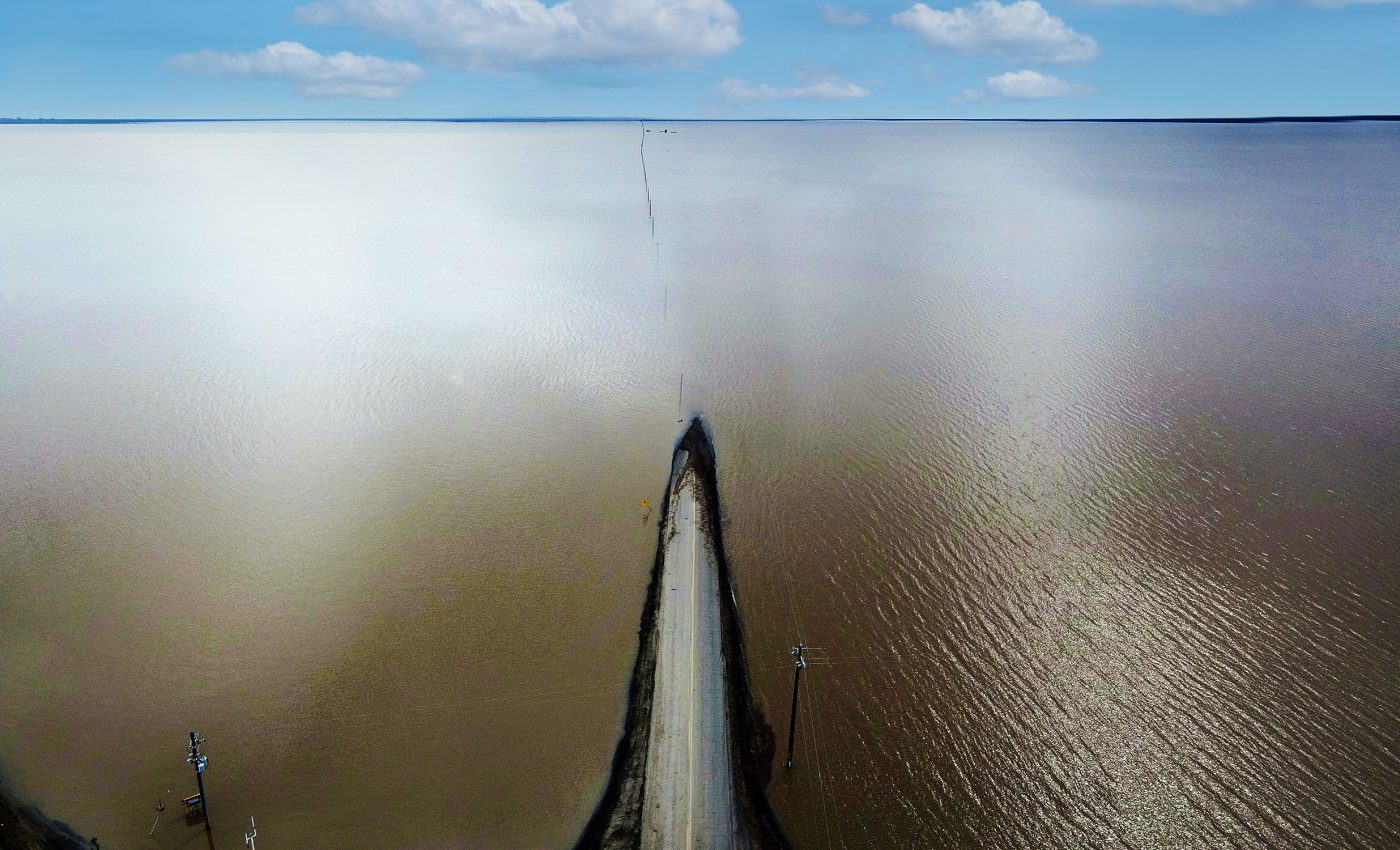The Harry Potter author made the claim as she responded to a New York Times opinion piece.

J. K. Rowling has revealed she has endured thousands of dєath threats and threats of being raped over her views on gender (Photo by Angela Weiss / AFP) (Photo by ANGELA WEISS/AFP via Getty Images)
J.K. Rowling has revealed that she has been bombarded with thousands of rape and dєath threats due to her views on gender.
The Harry Potter author made the claim as she responded to a New York Times opinion piece highlighting cases of people being attacked over their opinions on trans activism.
Rowling, 59, also revealed she had been sent a bomb-making guide and book burning videos to her family home by a trans woman and she said that a prominent trans activist attempted to “doxx” her eldest child but doxxed the wrong woman.
“Opponents of gender ideology haven’t merely ‘endured unsparing criticism’. I haven’t simply been told I ‘betrayed real feminism’ or received a few book-burning videos.
“I’ve been sent thousands of threats of murder, rape and violence.
“A trans woman posted my family’s home address with a bomb-making guide. My eldest child was targeted by a prominent trans activist who attempted to doxx her and ended up doxxing the wrong young woman.
“I could write a twenty thousand word essay on what the consequences have been to me and my family, and what we’ve endured is NOTHING compared to the harm done to others.”
“Some have been physically assaulted by trans activists. Female politicians have been forced to hire personal security on the advice of police.
“The news that one of the UK’s leading endocrinologists, Dr Hillary Cass, was advised not to travel by public transport for her own safety should shame everyone who let this insanity run amok.
“Lest we forget, gender apostates have been targeted for crimes such as doubting the evidential basis for transitioning children, for arguing for fair sport for women and girls, for wanting to retain single ѕєχ spaces and services, especially for the most vulnerable, and for thinking it barbaric to lock in female prisoners with convicted male ѕєχ offenders.
“Now the political landscape has shifted, and some who’ve been riding high on their own supply are waking up with a hell of a hangover.
“Maybe parents arguing that boys ought not to be robbing their daughters of sporting opportunities might, sort of, have a point?
“Possibly letting any man who says ‘I’m a woman’ into the locker room with twelve-year-old girls could have a downside, after all?”

He claimed: “To get on the wrong side of transgender activists is often to endure their unsparing criticism.
“After a Democratic congressman defended parents who expressed concern about transgender athletes competing against their young daughters, a local party official and ally compared him to a Nazi cooperator and a group called Neighbours Against Hate organised a protest outside his office.
“When J.K. Rowling said that denying any relationship between ѕєχ and biology was “deeply misogynistic and regressive,” a prominent LGBTQ group accused her of betraying “real feminism”. A few angry critics posted pictures of themselves burning her books.”
Rowling posted the excerpt, saying “Mealy-mouthed retconning of what has actually happened over the past ten years is predictable but will not stand.




















 Martina Navratilova (L), J.K. Rowling (R)
Martina Navratilova (L), J.K. Rowling (R) The former World No. 1 sides with Rowling on the trans debate Source: Getty
The former World No. 1 sides with Rowling on the trans debate Source: Getty




